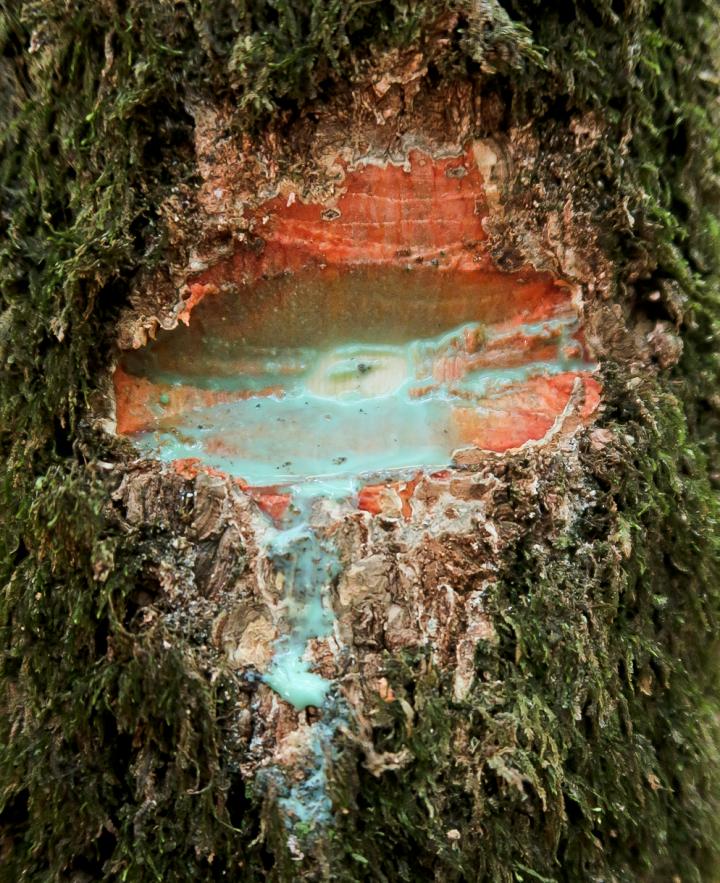
Credit: New Phytologist
Hyperaccumulators are unusual plants that can absorb much larger amounts of metal compounds in their leaves and stems than normal plants, and they are very useful for cleaning up contaminated land. As described in a New Phytologist article, researchers have published a database that provides easier access to information on the plant world's hyperaccumulators.
The new Global Hyperaccumulator Database contains data on 721 species of hyperaccumulators. Investigators hope that it will expand as more discoveries are made.
The Global Hyperaccumulator Database can be found at http://hyperaccumulators.smi.uq.edu.au/collection/
"By virtue of their existence on metalliferous soils, hyperaccumulator plants are actively threatened by mining, and timely identification is necessary to take advantage of their unique properties," said senior author Dr. Antony van der Ent, of The University of Queensland, in Australia.
###
Media Contact
Penny Smith
[email protected]
http://newsroom.wiley.com/
Related Journal Article
http://dx.doi.org/10.1111/nph.14907





